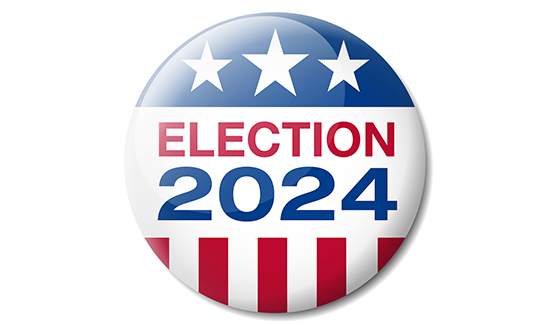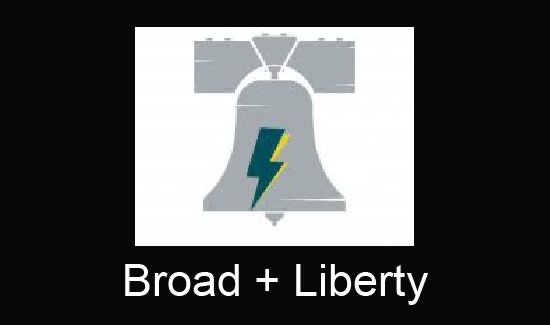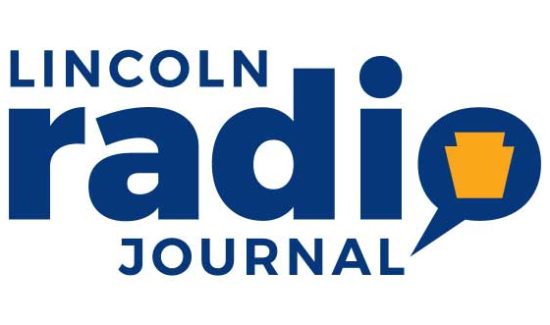Attendance Matters in Academic Performance

Attendance matters. And a new crunching of the data comparing attendance in Pittsburgh Public Schools and others across Pennsylvania by the Allegheny Institute for Public Policy yet again confirms the axiom that attendance is closely correlated to academic performance.
“That is not to say that high absenteeism is the only cause of poor education,” stressed Jake Haulk, president-emeritus of the Pittsburgh think tank (in Policy Brief Vol. 21, No. 38).
“But it can be claimed that if students are not in school for large portions of the school year, they will be very hard pressed to keep up with class work or do well on tests,” he says.
Six and seven years ago, respectively, the institute reported on the strong correlation between school attendance and achievement test scores in Pennsylvania, with special attention to Pittsburgh Public Schools (PPS).
The findings of very poor scores and high rates of absenteeism at many schools were not surprising; years of academic studies have found the same results.
“What is disturbing is that many PPS schools have shown little or no improvement in rates of absenteeism since 2014,” Haulk found, (referencing Policy Brief Vol. 21, No. 37). “(T)he weakest performing schools have made no appreciable progress toward higher academic achievement levels.”
An updated analysis of Pennsylvania high school and middle schools, based on 2019 data (the latest available) only reaffirmed the attendance-academic performance nexus.
“(T)he conclusion is obvious,” the Ph.D. economist found: “High academic performance in Pennsylvania high schools is correlated strongly with good attendance. And conversely, high absenteeism is associated with very poor academic achievement.”
And just as clearly, “ranking at or near the top of all middle schools academically is associated with very low levels of absenteeism,” Haulk says.
There also is a not unexpected nuance in the data.
“It is noteworthy that the poorest-performing middle schools have significantly better attendance on average than the low-ranking high schools,” Haulk found. That’s because older students tend to have more absentee problems than pre-teen students.
It’s fair to say that many of the same conclusions made in that similar analysis five years ago (in Policy Brief Vol. 15, No. 30) remain valid today.
Namely, that “very high rates of absenteeism in failing high schools undoubtedly reflect a lack of concern about the need to get a good education on the part of a large percentage of the students.”
Additionally, high absenteeism is disruptive to class work.
“It is almost certainly correlated with classroom discipline issues,” that older study concluded. “Students who miss large numbers of days will not complete assignments; they will miss exams and be ill-prepared for the Pennsylvania achievement tests, as scores so readily indicate.”
Then there’s “the plight of the students who would like to learn but are hampered by the attitude and classroom behavior of those who show they do not care about school and likely don’t care if others are prevented from learning because of lack of decorum and discipline in the classrooms,” the 2015 analysis reminded.
And then as now (and as always) it must be asked how such high rates of absenteeism can be tolerated by the state, inasmuch as it provides a large share of school funding.
“When will legislators and the governor demand the high absentee problem be dealt with seriously?” asks Haulk in his latest review. “How can spending $15,000 or $20,000 per year per student be justified when, in many schools, half or more are chronically absent?”
Colin McNickle is communications and marketing director at the Allegheny Institute for Public Policy ([email protected]).






